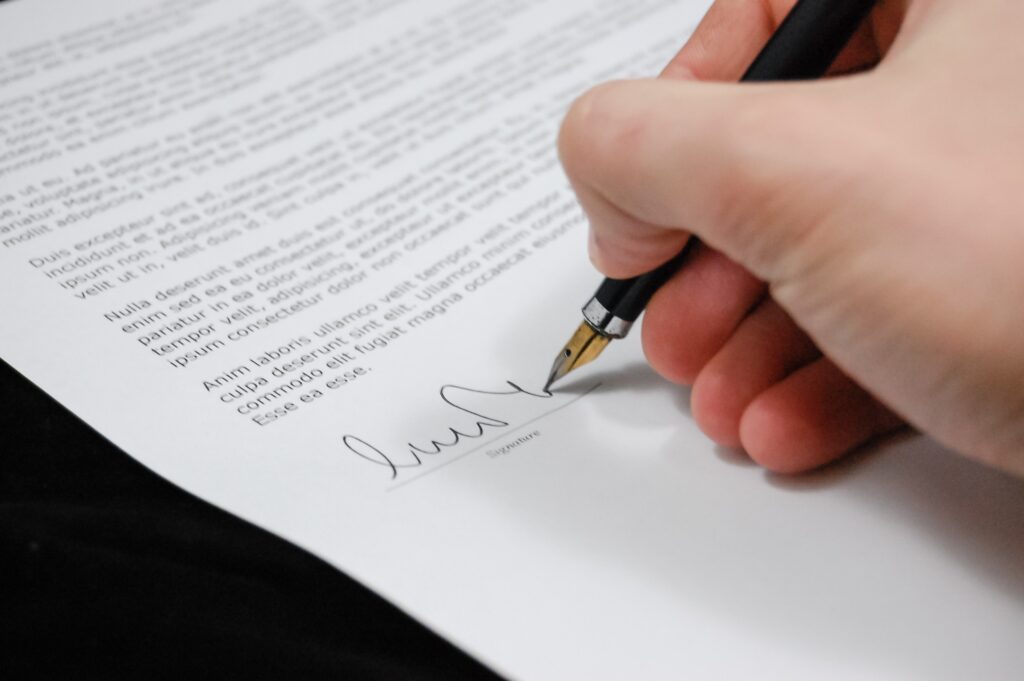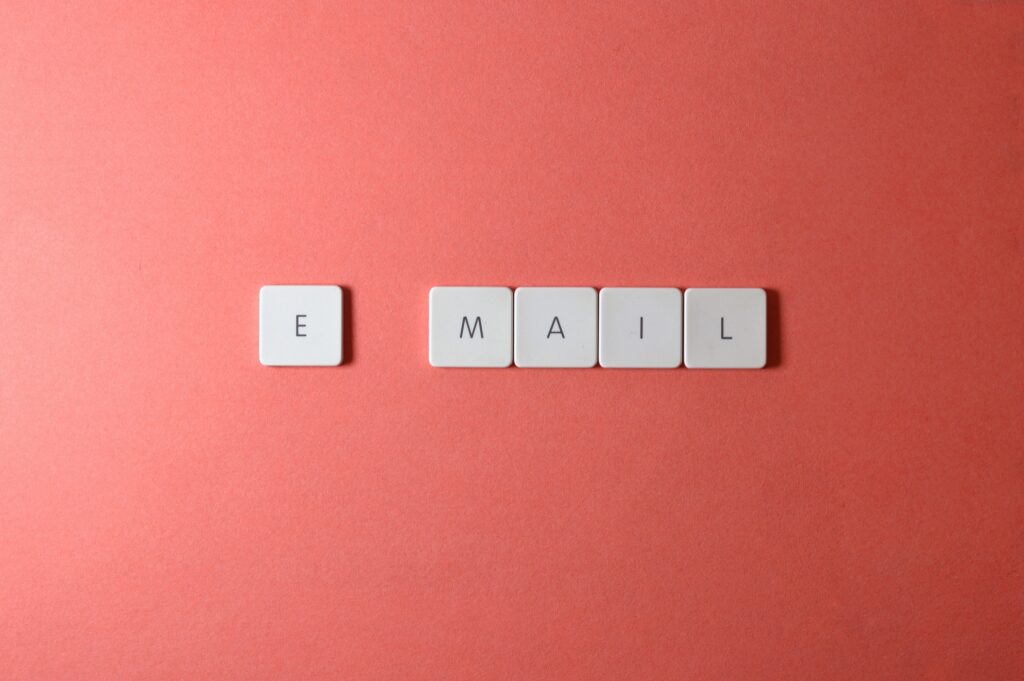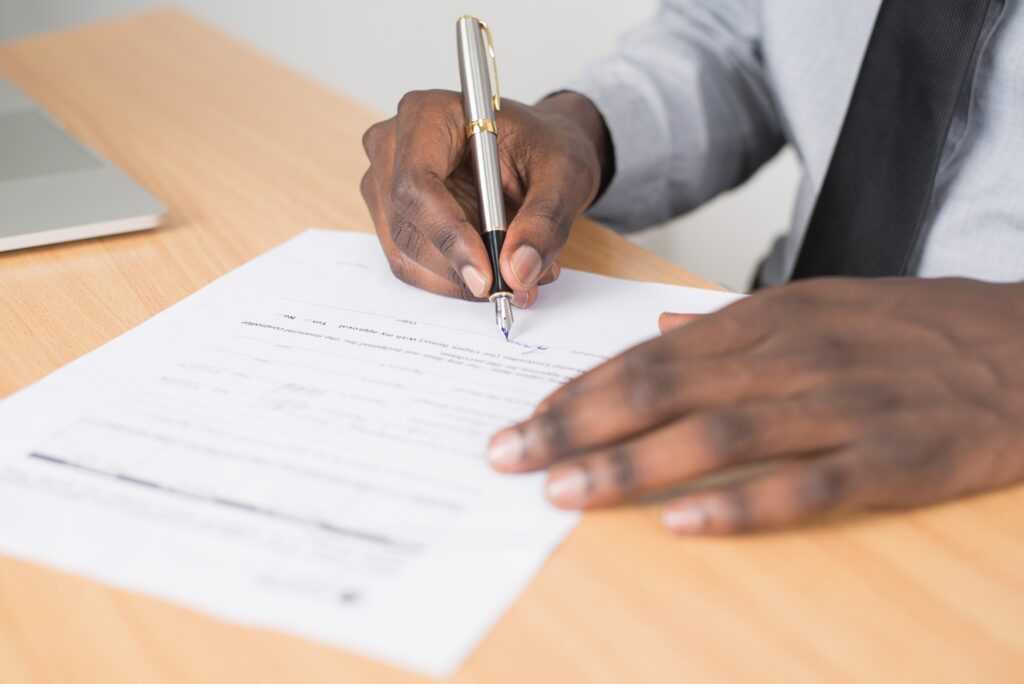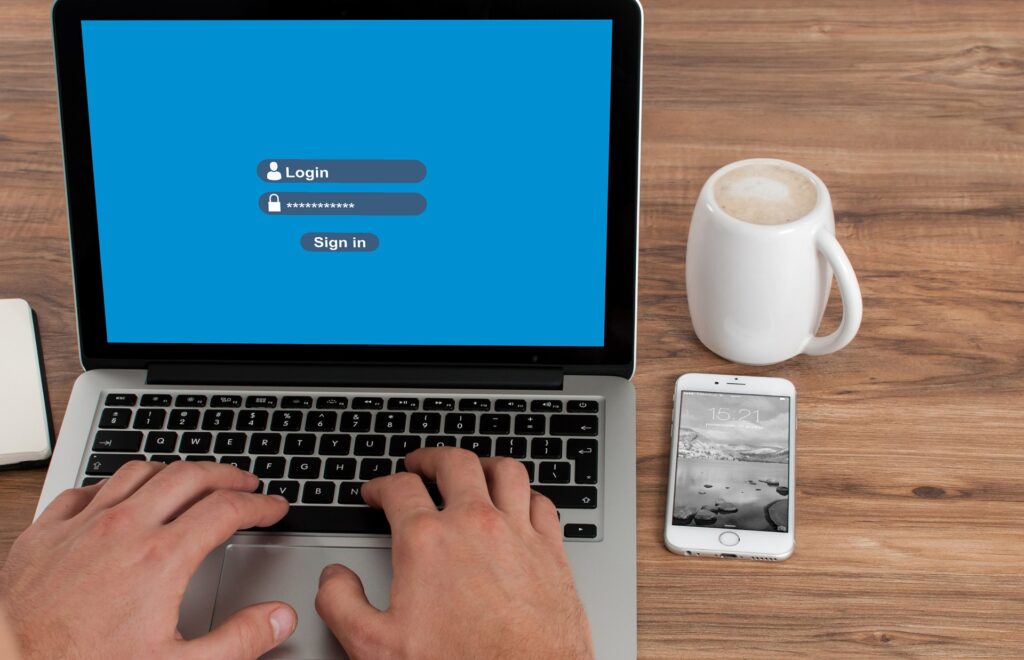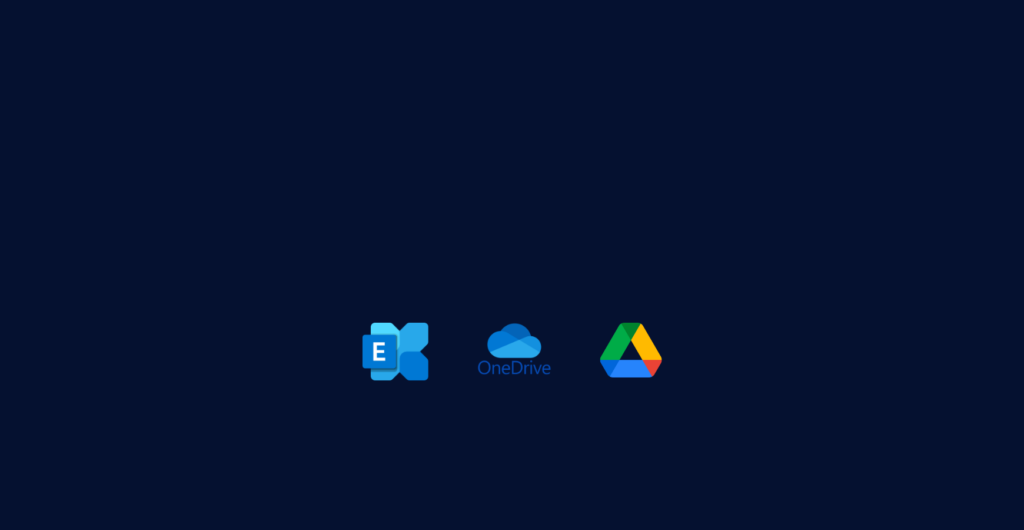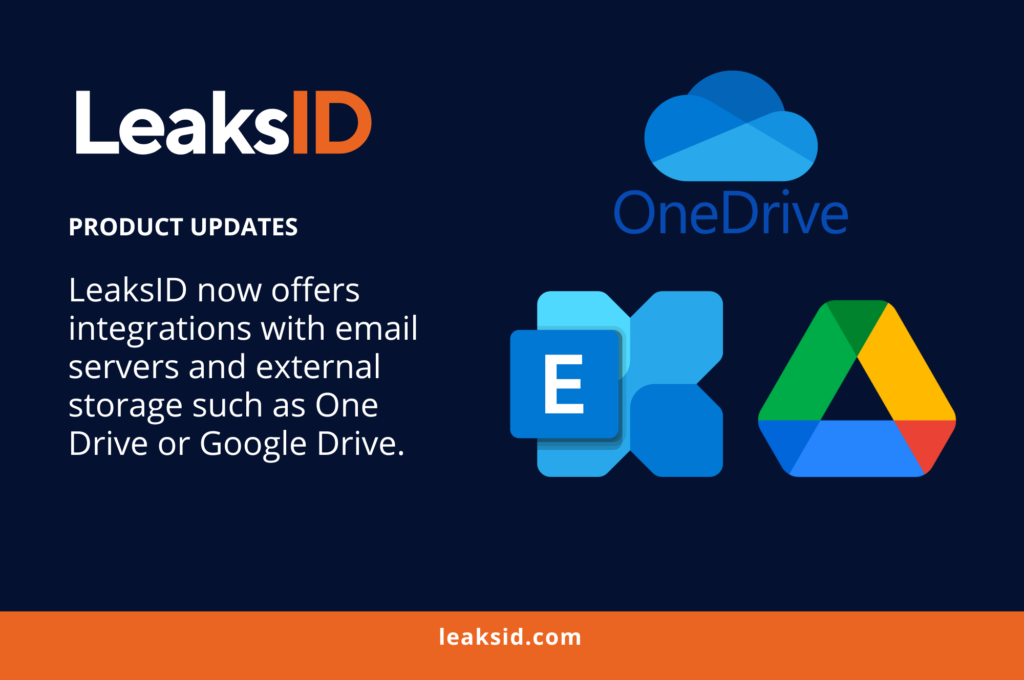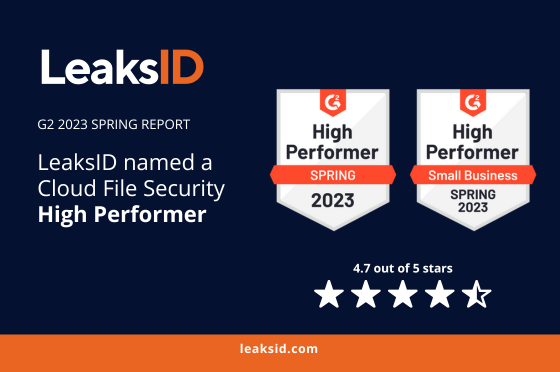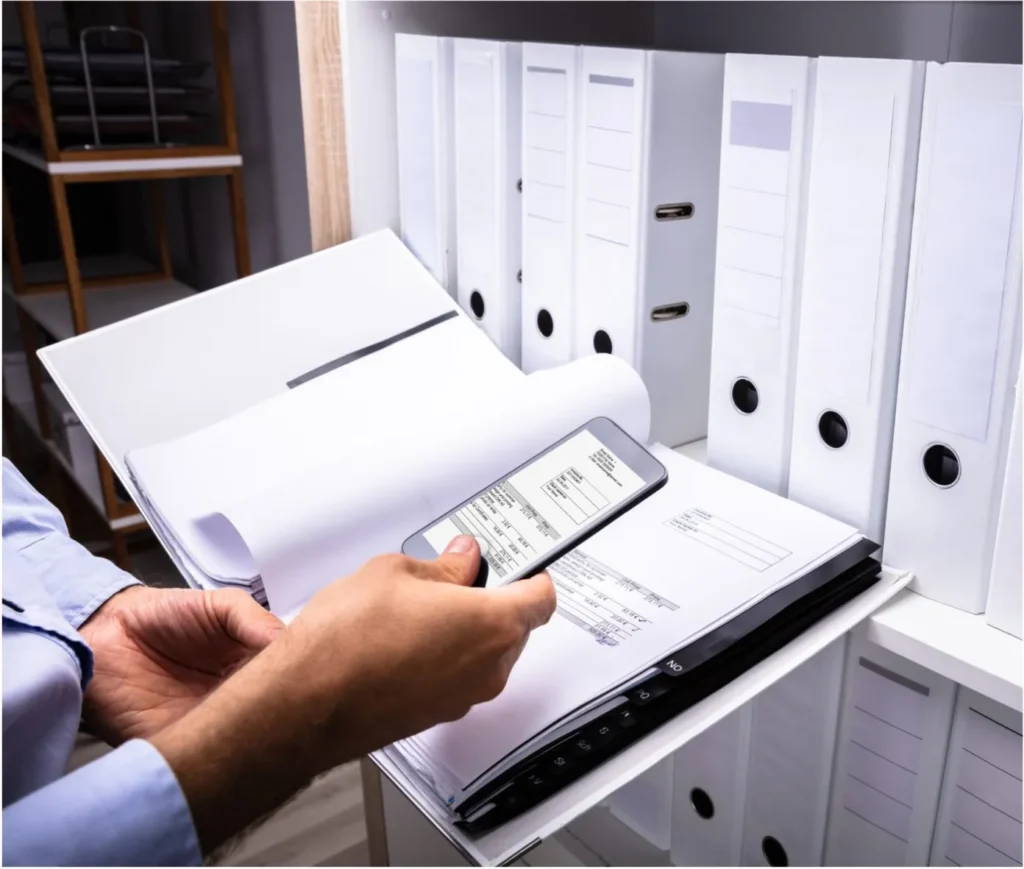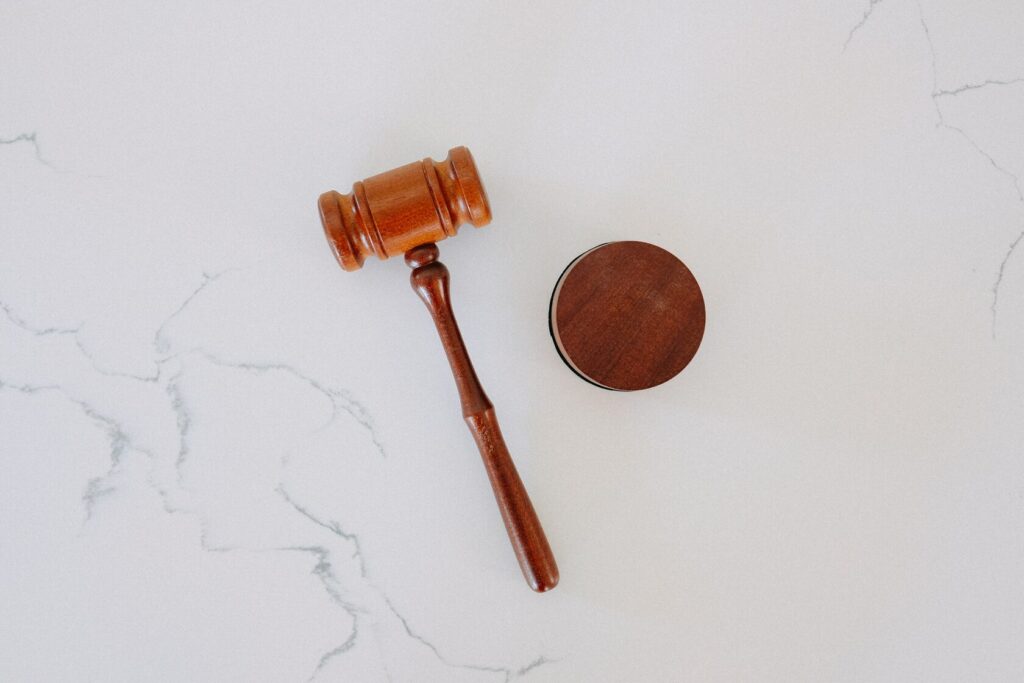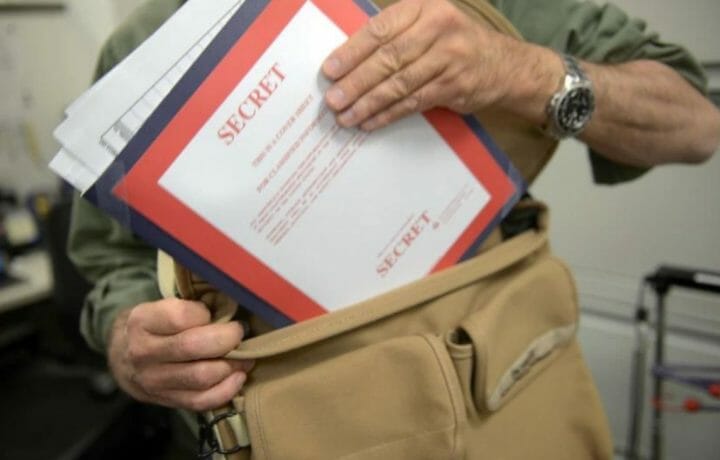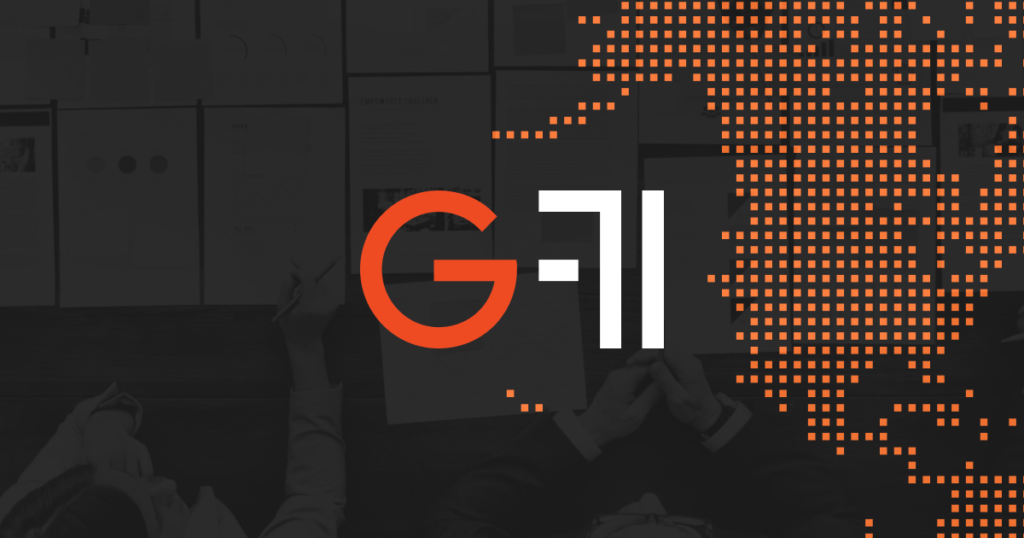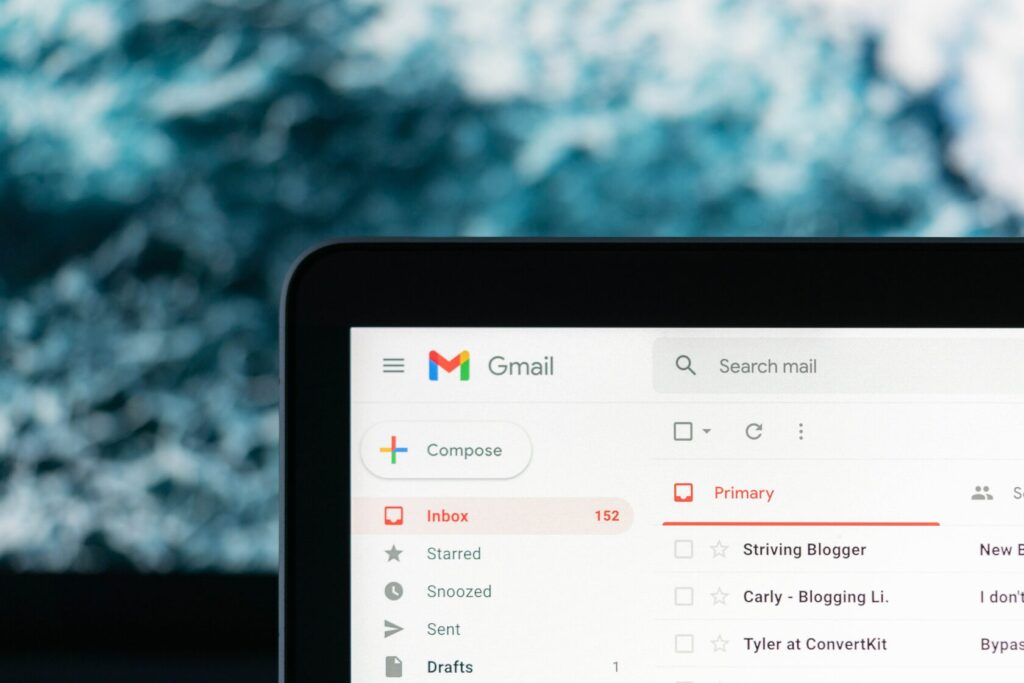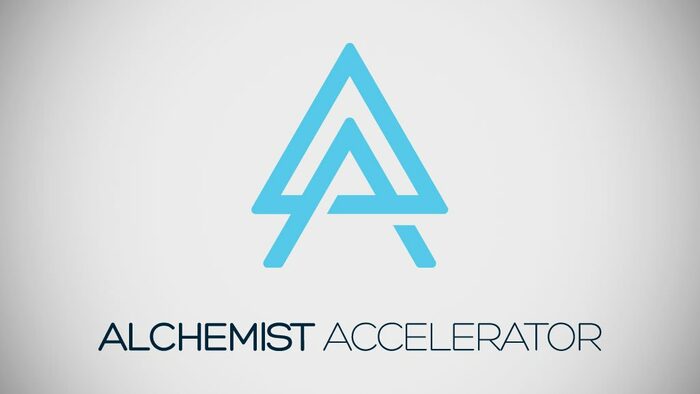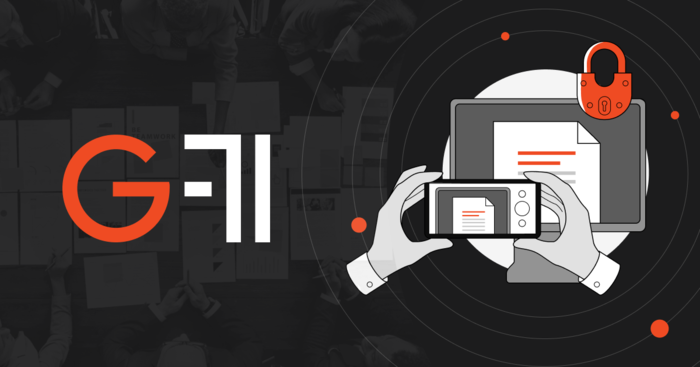In today’s digital era, safeguarding sensitive documents is absolutely vital. Whether it’s personal information, critical business data, or confidential research, protecting your documents from unauthorized access and potential threats should be a top priority. In this article, we’ll explore a range of methods and best practices to help you better understand how to protect your documents effectively.
1. Password Protection
A simple yet effective way to protect your documents is by setting up a password. Most document editing software provides this option. Here’s how to do it:
- Open your document.
- Go to the “File” menu.
- Choose “Protect Document” or “Protect PDF.”
- Opt for “Encrypt with Password.”
- Create a strong password.
- Save the document.
Remember to use a complex password with a mix of uppercase and lowercase letters, numbers, and special characters. Avoid easily guessable information like birthdays or names.
2. Encryption
Taking security up a notch, encryption transforms your document into an unreadable code without the decryption key. Consider using specialized encryption software or services for heightened protection.
3. Protecting Shared Documents
When sharing documents, it’s vital to control access and prevent them from falling into the wrong hands. Utilize secure document-sharing platforms (try LeaksID Data Room) and services offering features like password-protected links, access expiration dates, and restricted viewing or editing permissions.
4. Digital Signatures
For crucial documents requiring authenticity, consider adding a digital signature. These signatures guarantee the document’s integrity and confirm the sender’s identity. Most document editing software supports this feature, and dedicated digital signature services are also available.
5. Implementing Document Management Systems
For businesses handling a large volume of documents, investing in a document management system (DMS) is a smart choice. DMS not only streamlines document organization but also offers advanced security features such as access controls, version tracking, and audit trails.
6. Secure Physical Copies
Don’t overlook physical copies of sensitive documents. Ensure they are stored securely, perhaps in a locked file cabinet or a safe. If you no longer require physical copies, consider shredding or securely disposing of them to prevent unauthorized access.
7. Regular Backups
Data loss can occur due to various reasons, including cyberattacks and hardware failures. Maintain regular backups of your documents on an external drive or a secure cloud storage platform. This ensures that even if your documents are compromised, you have a recent, secure copy to recover from.
8. Educate Yourself and Your Team
Security is a collective effort. Educate yourself and your team about the importance of document security and best practices. Teach them how to recognize phishing attempts, malware, and other common security threats.
9. LeaksID Anti-Leak Labels
Explore the possibility of bolstering document security by incorporating LeaksID anti-leak labels. These labels offer an extra level of protection, serving as a deterrent against potential breaches. Furthermore, LeaksID labels can aid in pinpointing security vulnerabilities within your document management procedures and identifying those responsible in the event of a document leak.
In conclusion, safeguarding your documents is crucial in today’s digital landscape. By implementing these tips and best practices, you can significantly reduce the risk of unauthorized access, insider threat, and data breaches, ensuring the confidentiality and integrity of your valuable information. Combining these methods with modern document-sharing protection and technologies like LeaksID anti-leak labels can further strengthen your document security efforts.



